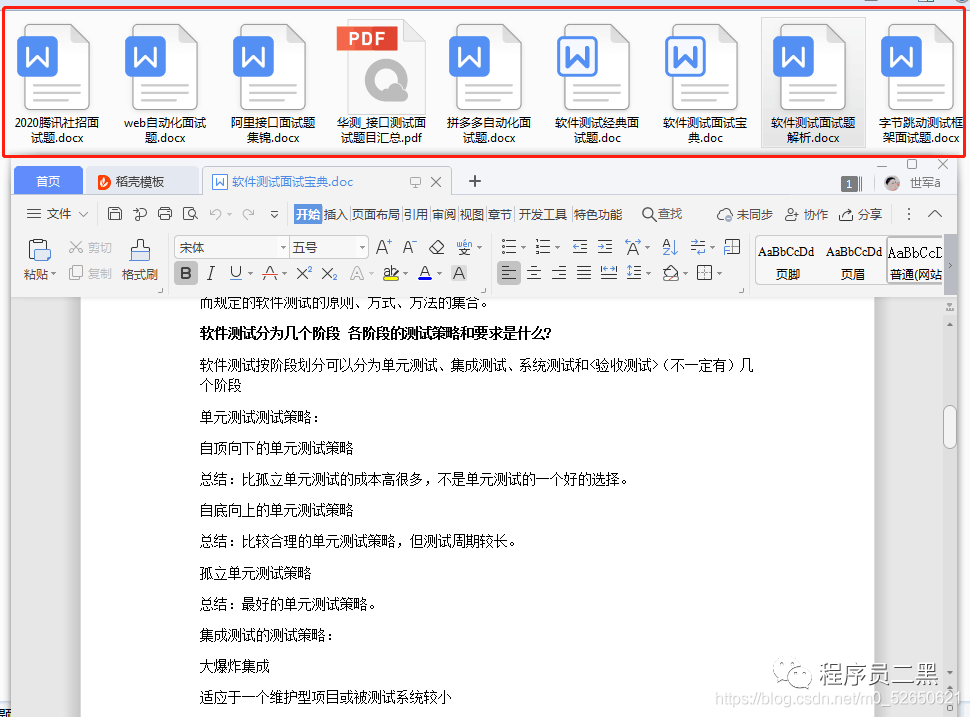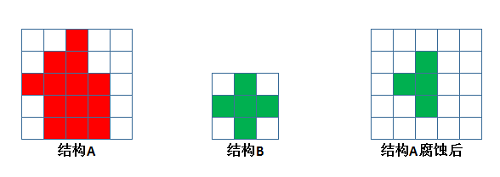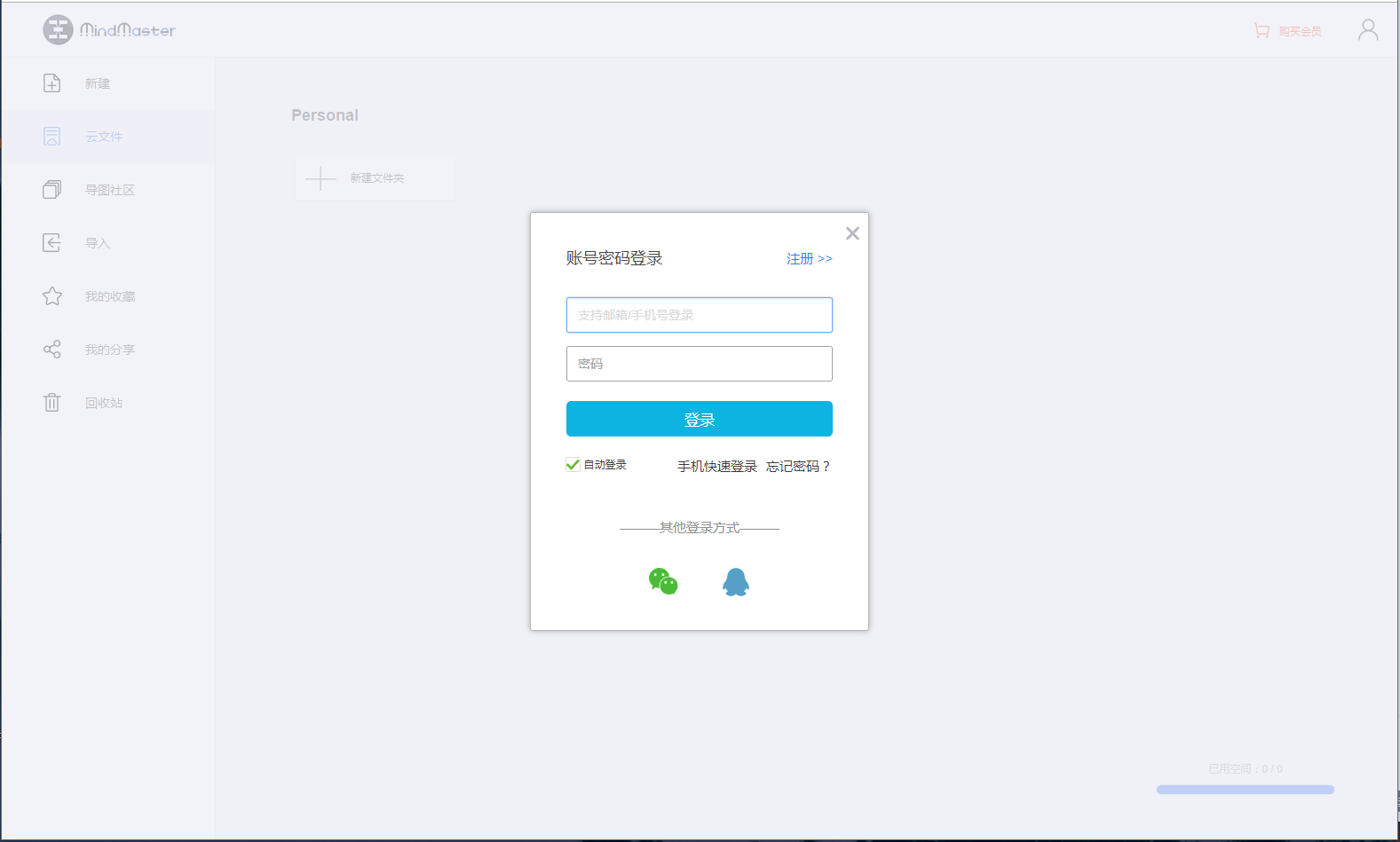I am obtaining a Google Play API key from Google, and it is asking to enter SHA1 fingerprint. I want to know what is SHA1 fingerprint? I also wanted to know weather this API key can be used from another computer/pc?
问题:
回答1:
It is a standard for the implementation of a 'secure hash algorithm' - a one-way cryptographic function that can be used to act as a 'signature' of a sequence of bytes. It is very unlikely that 2 different byte sequences would produce the same value (though not impossible)
http://en.wikipedia.org/wiki/SHA-1
Note that there are other, more robust standards out there these days e.g. SHA256 and beyond.
回答2:
They are asking for the SHA1 fingerprint on your keystore file (You sign your apps using this before you can push them to google play)
you can get your key by doing this
keytool -exportcert -alias your-key-name -keystore /path/to/your/keystore/file -list -v
you can use your keystore file from another computer just put it on a USB stick or email it to yourself (Make sure to keep it private !IMPORTANT!) and point your IDE to the file
回答3:
If you are using Eclipse IDE, the easiest way to get the SHA1 fingerprint for your app:
- click on your app project, in project explorer (on the left)
- from the top menu, click Window -> Preferences
- in the Preferences window, on the left, expand Android and click on Build
You should see the following information:
- default debug keystore path
- MD5 fingerprint
- SHA1 fingerprint
You can also add other keystore file (for example, production keystore), and the values for that keystore will be shown also.
回答4:
SHA - standing for Secure Hash Algorithm.
SHA-1 is one of several cryptographic hash functions. SHA-1 is most often used to verify that a file has been unaltered. This is done by producing a hash value(hash value is produced by running an algorithm, called a cryptographic hash function), before the file has been transmitted, and then again once it reaches its destination. The transmitted file can be considered genuine only if both checksums are identical.
A file hashed with SHA1 could look like:
752c14ea195c369bac3c3b7896975ee9fd15eeb7
For detailed explanation you can refer to: https://www.lifewire.com/what-is-sha-1-2626011


